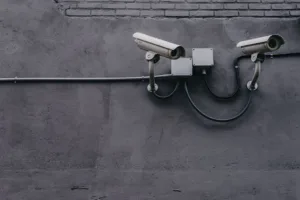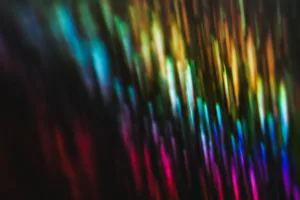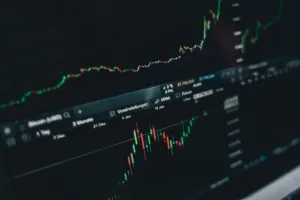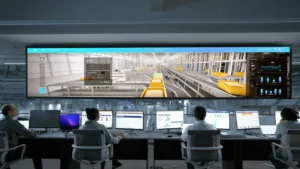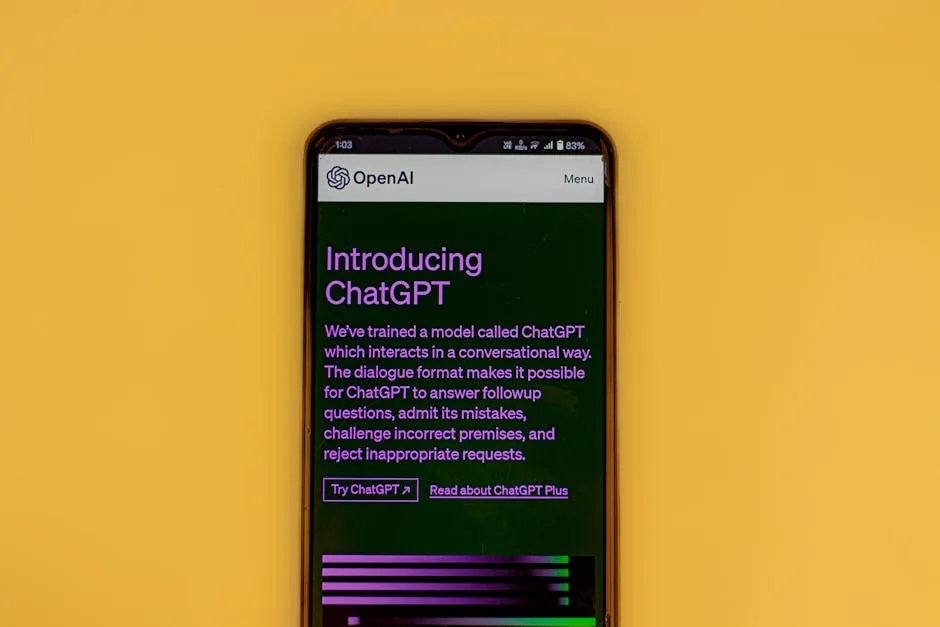
On October 5, 2025, Jimmy “MrBeast” Donaldson, YouTube’s most-subscribed creator with 443 million subscribers, issued a stark warning about the future of content creation on the platform1. His statement on X (formerly Twitter) expressed concern about what would happen “when AI videos are just as good as normal videos,” questioning the impact on “the millions of creators currently making content for a living” and calling the situation “scary times”1, 3, 6, 7. The post quickly gained traction, amassing over 6.3 million views and sparking widespread discussion among creators and industry observers1, 3, 6.
The Technical Landscape Behind the Warning
MrBeast’s concern coincides with significant advancements in AI video generation technology, particularly the recent release of OpenAI’s Sora 2 video generation model and its accompanying TikTok-style mobile application1, 3, 8. Despite operating on an invite-only basis, the Sora 2 app rapidly climbed to the number one position on the U.S. Apple App Store, demonstrating substantial public interest in AI-generated video content1, 8. Concurrently, YouTube has been actively integrating AI tools for creators, including Veo for video animation and automated clip generators, raising fundamental questions about the platform’s future content ecosystem3, 8. This technological progression occurs within a massive creator economy encompassing over 68 million active YouTube channels worldwide according to Social Blade estimates1.
MrBeast’s Previous AI Experimentation and Backlash
The context of MrBeast’s warning includes his own controversial experience with AI tools earlier in 2025. In June, he faced significant criticism after launching an AI thumbnail generator on his creator assistance platform, Viewstats3, 7. Fellow creators including PointCrow and Jacksepticeye publicly criticized the tool for potentially threatening the livelihoods of human artists who specialize in thumbnail creation7. In response to the backlash, MrBeast removed the AI thumbnail generator, acknowledging that he had “missed the mark” and explaining that he initially “thought people were going to be pretty excited about it”3, 7. He replaced the automated tool with a system to connect creators with human thumbnail artists for commissions, demonstrating a shift in approach toward supporting human creativity rather than replacing it3, 7.
Community Reaction and Industry Tensions
The response to MrBeast’s warning revealed divided opinions within the creator community. Some followers urged him to leverage his substantial influence to advocate for creators facing potential displacement by AI technologies. One user (@SiGallagher) directly challenged him, stating, “Use your voice to fight it then? You are literally one of the most powerful possible stakeholders here”3. Others noted the apparent contradiction between his warning and his previous experimentation with AI tools for thumbnail generation3. This exchange highlights a broader tension within the content creation industry: while AI technologies can democratize production capabilities and improve efficiency, they simultaneously risk devaluing human effort, authenticity, and originality3, 8. Critics of low-effort AI content often describe it using the term “slop” to distinguish it from human-created work8.
Economic Implications and Security Considerations
MrBeast’s status as Forbes’ top-earning creator in 2025, with reported earnings of $85 million, lends considerable weight to his concerns about the creator economy’s future3, 8. His warning raises fundamental questions about the trajectory of the $250 billion creator economy and whether AI will ultimately function as a tool that empowers creators or becomes an adversary that floods platforms with synthetic content, potentially devaluing human-created work3. The core apprehension centers on what happens when AI-generated content becomes indistinguishable from human-created content, potentially diluting visibility, monetization opportunities, and the authentic human connection that drives audience engagement1, 3. This technological shift presents not only economic challenges but also security considerations regarding content provenance, authentication, and the potential for AI-generated misinformation.
The emergence of sophisticated AI video generation tools introduces new vectors for misinformation campaigns and synthetic media manipulation. As these technologies become more accessible, the ability to distinguish authentic human content from AI-generated material becomes increasingly challenging. This development has implications for content verification processes, digital forensics, and trust mechanisms on platforms hosting user-generated content. The security community must develop new detection methodologies and verification frameworks to address the unique challenges posed by increasingly convincing synthetic media, particularly as these technologies become integrated into mainstream content creation workflows.
Future Outlook and Industry Response
The conversation initiated by MrBeast’s warning reflects broader industry discussions about the appropriate role of AI in creative fields. As AI video generation capabilities continue to advance, content platforms face complex decisions about how to balance innovation with protection of human creators. Potential responses may include improved content labeling requirements, enhanced detection systems for AI-generated material, and revised monetization policies that distinguish between human and synthetic content. The development of technical standards for content authentication and provenance tracking may become increasingly important as these technologies mature. Industry stakeholders will need to collaborate on establishing best practices and technical solutions that address both the creative and security dimensions of AI-generated content.
MrBeast’s warning about AI video generation represents a significant moment of reflection for the creator economy. His concerns highlight the tension between technological progress and economic stability for content creators, while also introducing new considerations for content authentication and security. As AI video generation capabilities continue to advance, the industry faces complex challenges in balancing innovation with protection of human creators and maintaining trust in digital content. The response from platforms, creators, and the security community will shape the future landscape of content creation and consumption in the age of artificial intelligence.


